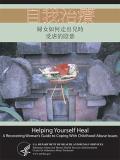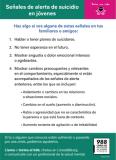
Designed to help women deal with child abuse issues that might arise during treatment for alcohol abuse or drug abuse. Defines child abuse, lists symptoms of abuse, and suggests how counselors can help with coping and healing.
Units per Product
Download
Guide to Coping with the Effects of Childhood Abuse
File Type: PDF
File Size: 3.92 MB






